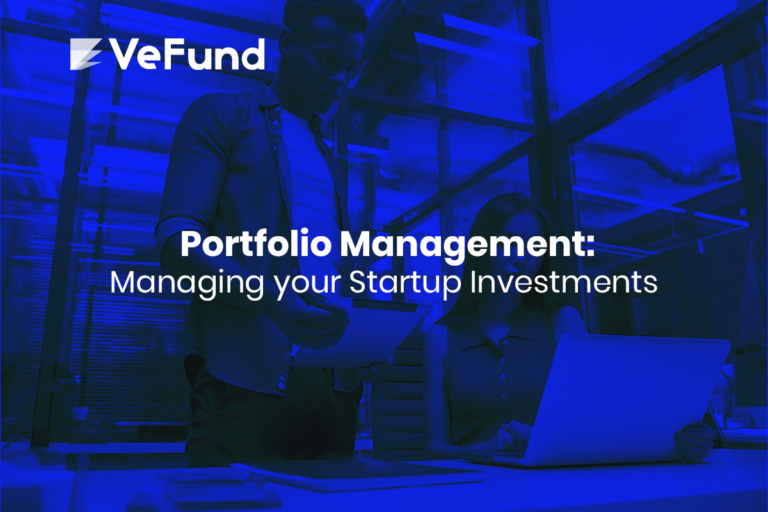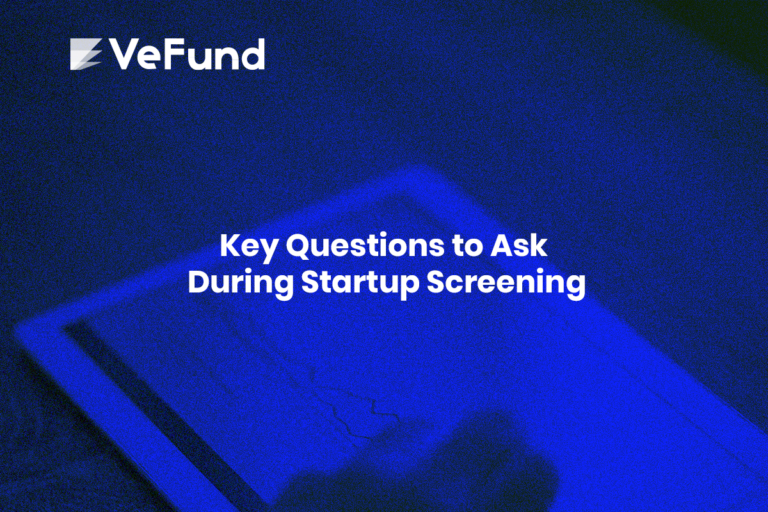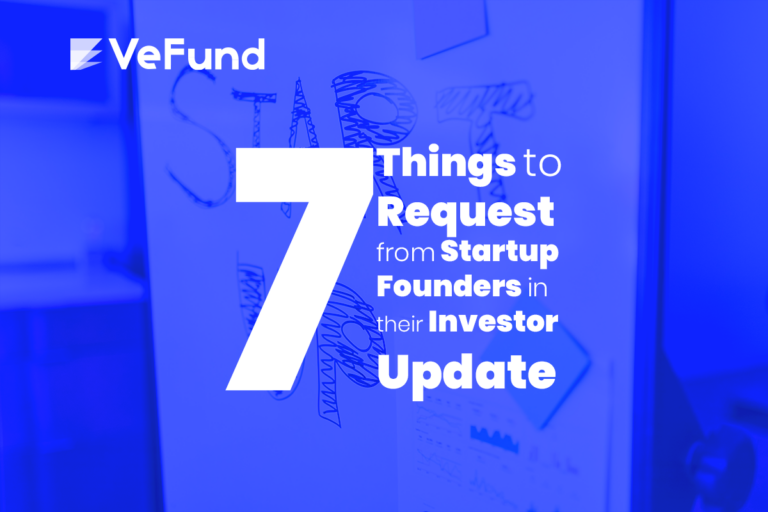A Checklist to Help You Start Fundraising for Your Startup
Raising funds for your startup comes with serious effort and time. It’s one of those things we do very few times but have to get right every time. Investors expect you to be a pro at fundraising: they want you to come with thorough research and preparation.
Our focus here is fundraising for early-stage startups, mainly startups raising their first-ever funding with investors. We will show you a quick guide on the steps you need to work on to get ready. Taking every item seriously is key to impressing investors fast and shrinking your fundraising process significantly.
1. Solidify Your Business Plan
If you’re looking for fundraising now, you already have a business plan in mind. Now is the time to revisit it and make sure it’s ready for investors to hear.
A business plan should state clearly the startup’s business model and how you will use the funds you can realistically raise. That is, your business plan should answer the following question:
Given that you receive a realistic amount of funds, where will the startup be in x months?
2. Determine Your Financial Needs
With a business plan in mind, you should be able to determine the amount of your first fundraising round. Typically, in the first round, startups raise what can endure them to the following round, which is 12 to 18 months later.
Also, show investors how you will allocate the budget. You don’t have to be a perfectionist here: a rough estimation will do the job.
3. Conduct Valuation
Conducting valuation early on will serve as a check to whether the funding you desire is realistic.
The valuation shows you the value of the company. Given that, the ownership you sell from the company will be (Capital raised / [Company valuation + Capital raised]). As long as the ownership sacrificed is within a realistic range, your desired capital is therefore realistic.
With VeFund, you can accelerate conducting your valuation through our automated valuation calculator. Check it out right here.
4. Work on your Pitch
Now that you know your startup’s business plan, financial needs, and valuation, you are more than ready to perfect your pitch deck.
Make sure that, on its own, the pitch deck contains enough information to give the investor a thorough overview of the startup and to get them hooked.
5. Scout for Investors
With all the initial materials ready, it’s time to scout for potential investors.
You can do that with us at VeFund in two ways:
1. Set up your VeFund Startup Profile with your own domain. This will allow you to share all your information with potential investors through one link. Additionally, your startup will be visible to all potential investors on our platform.
2. Apply to any of our active investors right here.







